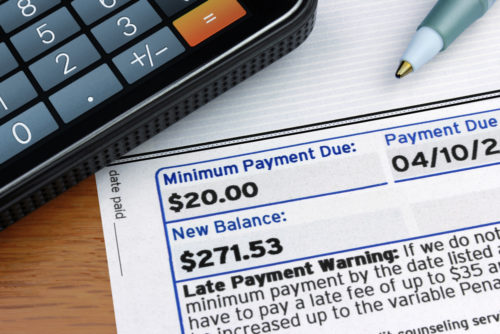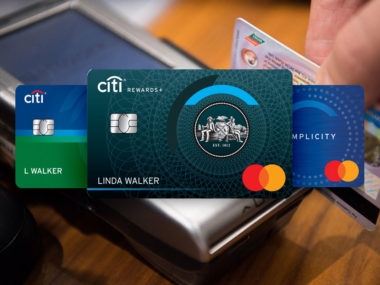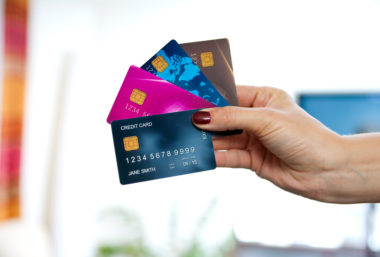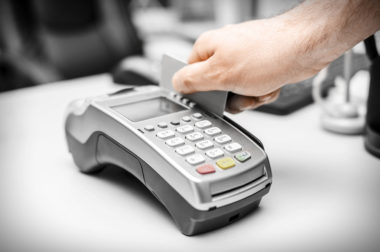Understanding the ins and outs of your credit card is essential for budgeting and planning future credit card use. This way, when you check your statement, you understand what every fee and charge means and there will be no unpleasant surprises. In addition, it’s important to know the difference between a bill and a statement, what kinds of information about your card you can find on it, and how to read a breakdown of your current balance and monthly charges.
Table of Contents
What is a Credit Card Statement?
Credit card statements are monthly reports, sent to you via email or snail mail, showing the current status and progress of your credit card account. Your statement will basically show you everything that’s currently going on in your account. It will explain everything that you need to know about what’s happening with your credit card and how you used it in the last month.
What’s the Difference Between a Credit Card Statement and a Bill?
How is a statement different from a bill? Well, your bill is much more detailed about the charges on your account and what your credit card company expects you to pay this month. It will focus on what you charged, how much is showing on your total account balance as of right now, and how much your bank or lender expects you to pay this month according to all of these areas on your bill. It will likely have a breakdown of your charges, any fees and interest that they expect you to pay, and your total amount due.
Your statement, on the other hand, is sent to you so that you can keep track of your spending and understand how that affects your finances in the long run. Credit cards often have many terms and conditions; like interest and fees, late payment terms, and extra charges for using certain banks and vendors. Your statements tells you your spending habits over the last month and what kinds of fees and interest you may have been charged. This is more of a financial planning tool for the future and as such is a great resource.
You may be able to find the same information on your mobile or online banking system, but learning how to read a statement is still a great financial tool that will get you familiar with many financial terms that you’ll see over and over again throughout your life with credit.
What Will I Find on My Statement?
On your statement, you will see a breakdown of your current balance and what charges you’ve made in the past month (and possibly before that). It’s important to take a look at these and make sure that your recognize all of them. If for some reason you don’t, you’ll need to contact your financial institution and let them know you could have a case of possible fraud on your account, which will warrant an investigation.
Seeing your current charges are also important so that you can start tracking your spending. You can see what kinds of things you’re using your credit card for and exactly where your money is going. You might decide that after viewing your past few months of statements, you really need to use this card only for specific purchases, you can add those changes into your budget and use your money more wisely in the future. Make your credit card work for you!
Your Payment History
You’ll also see any payments that have been made to your account. If you make your payments on time, you’ll see it as such. If you were a bit late you’ll likely see a late payment charge and an updated total balance on your card. This is really important to keep track of. If you find that your card is getting used quite a lot and the card is always showing a high balance, you might want to work on lowering that before you charge anything more to your card. If your balance is high, this can hurt your chance of getting any new loans when you really need them, so try and keep your balance low.
Your Rewards Balance
If you have any rewards, those will also be detailed on your statement, so pay close attention to those if you’re saving up for something good. These could include things like airline miles, extra monetary incentives, or other types of points that you might be able to redeem for various goods and services. Take advantage of those while you can because most rewards expire if you don’t use them up.
Interest and Fees
Lastly, you’ll see charges, refunds (like if you returned something), fees, and interest that have been processed to your account. This is where you will see a detailed breakdown of how much interest you were charged, based off of your current outstanding balance and how long it’s been since your last payment. You might have small monthly fees, quarterly fees, or a yearly fee, but this is where it will show up if you have one associated with your card.
What is Included in the Fine Print?
You might have seen an area on your statement that has a lot of fine print or terms and conditions. This is because your statement should also include details about your account, how it works, and what you should expect. Here is where you can learn about your card (if you haven’t already), what interest and fees are associated with your account and what happens if you have a late payment.
If you’re wondering why you have a $35 late fee charge on your account, you’ll likely find why under this section. Or if you’re wondering why you have an interest charge this month, but not last month, you can find the details about when and why you’ll be charged interest here as well. Get to know all of these details intimately. You don’t want to be surprised with charges that you don’t understand. If you understand when fees might be assessed and when interest applies to your card, you’ll be better at avoiding these instances altogether, which will cost you less money in the long run.
Credit card statements are imperative to understand if you wish to maintain financial health. Gaining proficiency in key terminology and common credit card practices will help you throughout your financial career. Not to mention, getting smaller financial responsibilities, like credit cards, under control will help you when you decide to make a commitment to a much larger one, like owning a car or home.
Have more questions about credit cards? Visit our credit card resource center!
Image Source: https://depositphotos.com/





